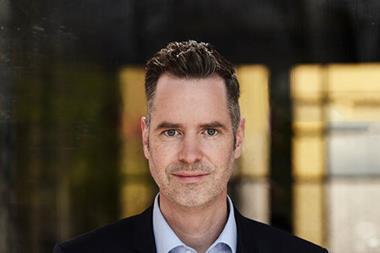SWITZERLAND - Almost two-thirds of respondents to a consultation on the Swiss second-pillar pension system said they would welcome a further cut in the conversion rate.
The government has published a compilation of responses to a comprehensive report on problems identified in the second pillar issued earlier this year.
On the question of lowering the conversion rate, 63 participants said they would like to see the rate used for calculating pension payouts cut further, while 22 opposed the idea.
This outcome is practically the reverse of a public vote on this measure in spring 2010.
This referendum was one of the triggers for the government to commission the report, which covers areas such as technical rates, investment limits, the simplification of administration and supervision.
On the question of how to set the discount rate, the government said the vast majority of stakeholders were in favour of dropping the law setting the rate, if only to end the ongoing political debate on the subject.
Some stakeholders, such as the collective scheme Symova and the Aargauische Pensionskasse (APK), would like to see the government setting the rate as it currently does, based on a recommendation by the BVG commission.
The consultancy Ecofin would rather see the rate set by each pension fund’s board, but only 24 participants out of 83 were in favour of this option.
No majority was found on the recommendation to set the discount rate, or Technischer Zins, at a more or less fixed rate between 3% and 4.5%, as most stakeholders said it was important to keep it flexible.
On the question of investments by Pensionskassen, 63 participants - including the Swiss pension fund association ASIP - said they were in favour of setting different regulatory standards for structured financial products, as opposed to shares and bonds.
A majority also said they wanted to see additional regulations on securities lending and repo deals.
But all pension fund stakeholders were against changes to the current investment limits, with pension service provider B&B Vorsorge calling for the removal of all numerical limits.
Further major points of discussion prior to the consultation were the recovery measures pension funds can set and under what condition.
A vast majority of stakeholders stressed that pension funds should continue to be allowed to grant interest on their members’ assets even if the buffers are not fully filled.
In turn, most respondents (58) also wanted pension funds to be allowed to set recovery measures, even if they were fully funded, in order to strengthen buffers for the next market downturn.
Surprisingly, 47 of the 79 participants who made a statement on that question were in favour of pensioners’ contributing to recovery measures.
The think tanks economiesuisse and Vorsorgeforum, as well as other stakeholders, stressed that such a measure should be limited to future pensioners.












No comments yet